 Back to courseware
Back to courseware
[Use arrow keys to navigate, "s" to show speaker notes, and "f" for fullscreen.]
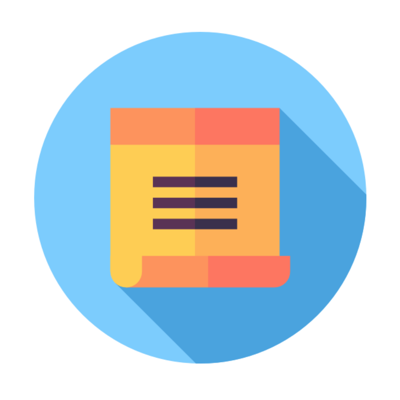

(AARRR)



Let's examine an exercise in evaluating data that someone else has gathered. Some of it has been sourced and imported, one of the datasets is off on another site and will need to be added.


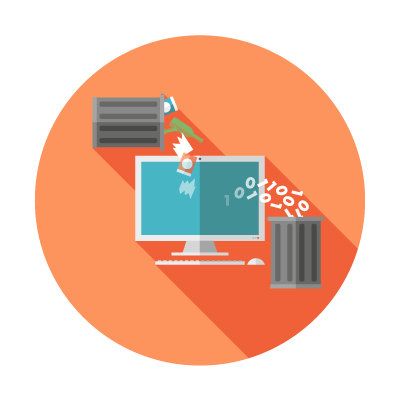

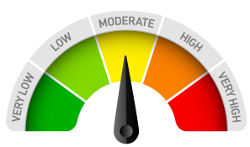

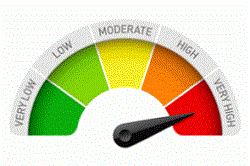

Using the spectrum of openness, consider the suggested theoretical datasets and classify how open you think they should be.
Do more than just apply a label.



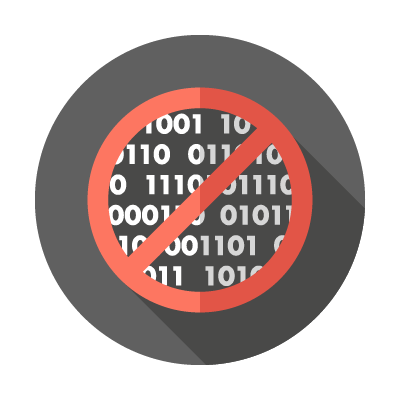




SELECT * FROM
`1_2_disparate_data_1`
INNER JOIN `1_2_disparate_data_2`
ON `1_2_disparate_data_1`.customer_id = `1_2_disparate_data_2`.customer_id

The data brokerage world is a multi-million dollar a year market, but is it right for you? There are definite pros and cons to buying data, but unless you’re buying specific market data it’s usually something you can do a far better job of yourself.







